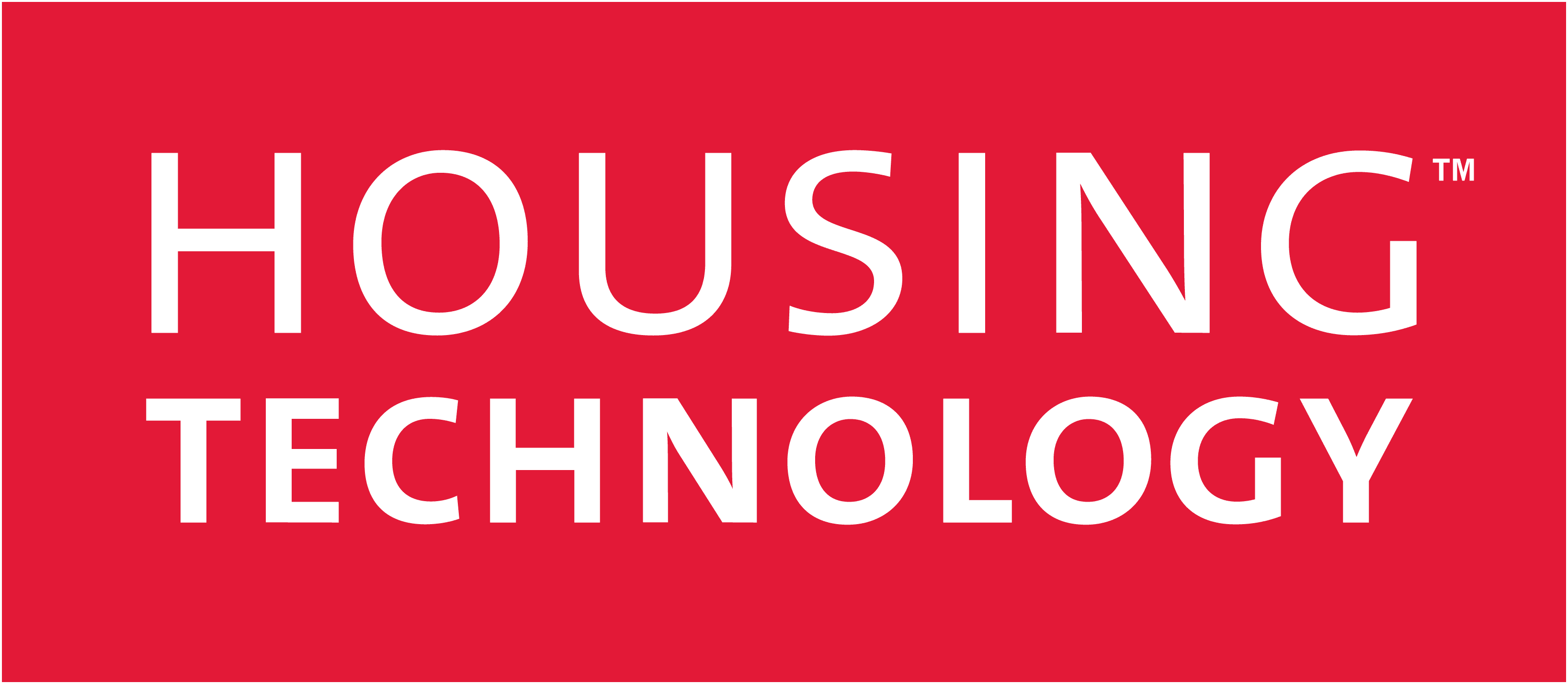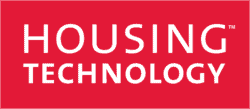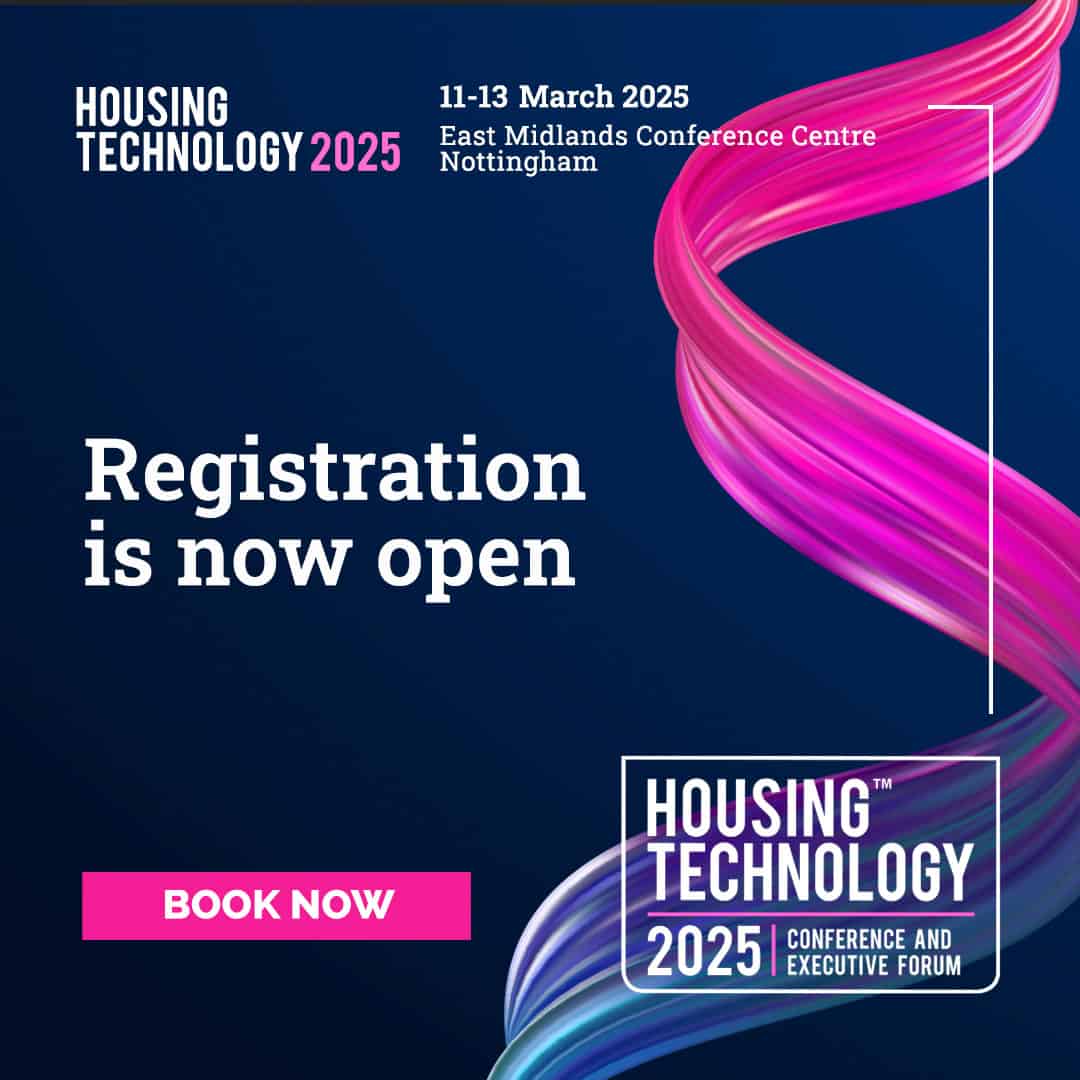The other day I read a comment from a colleague about a medium-sized housing customer of ours who was considering at board level whether they would still need a physical office after the current pandemic. This surprised me at first; the housing sector has traditionally been absolutely office-based and also resistant to the idea that physical face-to-face contact should not be the de-facto method of dealing with customer relationships.
How quickly things seem to be changing
The retail sector is undergoing a similar shift in mindset. Worth some £395 billion in 2019, the sector has had its traditional high street bricks-and-mortar model shattered by the lockdown, even though footfall was decreasing anyway. In all sectors of business and commerce, having been plunged off a cliff by the pandemic and the lockdown, we are now breaking the surface and trying to see where we have landed.
Housing providers face a critical moment of change. Offices have been closed for over three months (at the time of writing), yet many organisations still have only the most basic of internet-based, self-service options available for their stakeholders and customers or, more worryingly, none at all. Staff who haven’t been furloughed are working from home, often with unreliable connections to the office network and unsuitable tools to do their jobs. Service levels must be suffering out there.
If the sector is to survive, then housing providers need to adapt quickly to the reality of life as we emerge from this epidemic and its disruption. Customers’ behaviours have changed and the more resilient retailers, for example, have already shifted their focus, resources and investment toward online services. Your tenants will expect the same from you and at a similar pace.
Most of us have experienced the ritual of queuing outside our local Tesco over the past few months. The epidemic is increasing not only their revenues, but also their store operating costs. Compare this with online-only retailer Ocado, with over 400,000 fewer staff, which has seen its revenues increase by 40 per cent in its second quarter, and its share price increase by 87 per cent this year as it responds to the crisis using agility and technology.
This kind of change will filter through into more general customer expectations, and the housing sector needs to become more technology-enabled in order to meet them. But it’s not just the need for better customer journeys, it’s also the long-term resilience of the housing provider’s business that’s at stake here.
To state that the sector is ripe for embracing the potential of automation is something of an understatement. It has now become almost unacceptable to refuse to consider change.
The virtual office
The first point to consider is the fact that, after years of being used to working in an office environment, many workers no longer need or indeed wish to do so. There are advantages to this; having been forced to overcome the ‘trust’ issue, managers can now viably run certain teams remotely if technology allows it, and more field-based staff, such as visiting officers and repairs operatives, can become fully mobile, controlled by scheduling tools to maximise their productivity automatically. Other potential benefits of this include the ability to consider spreading a wider geographical net when recruiting talented staff if daily travel to the office is no longer a concern. Browser-based IT systems will also help considerably with flexibility where staff have become remote.
Open the doors 24/7
Customer interactions, on the other hand, can be automated and improved in many ways. Customers who have the necessary devices and the ability/inclination to transact online can be shifted to a self-service relationship by default. Dutch housing provider Qlinker has a fully online business model, where customers interact with the landlord via an app, with other communication channels only used in exceptional circumstances. A functional customer portal and optional smartphone app are critical tools in leveraging the savings that could be made in dealing with this group of customers.
In addition, ‘smart chatbots’ with voice interface can assist in this ‘24/7’ service model. Coupled with sleek integration to back-office systems and the application of artificial intelligence, such a tool can get ‘smarter’ with each interaction and can ‘learn’ valuable lessons to become a more powerful assistant as time passes.
The group of customers who will be unable to manage an online relationship, due to either a lack of web devices or personal vulnerability, can then be focused on in a more traditional way by staff freed up from day-to-day phone answering.
Process automation – the real ‘step change’
The spin-off advantages of the self-service route are that the doors are suddenly opened 24/7. But behind the scenes, the real step-change in housing providers’ ability to become ‘match fit’ will be the quality and breadth of the integrations to their back-office ERP system and the introduction of process automation and artificial intelligence.
Say, for example, that I report a repair request online. Value would be added for me as a customer if I could get an appointment slot there and then, using links to a scheduling tool in the back office that appear to me as information on the web portal page. It may also reduce the chances of a costly missed appointment for the contractor, thus increasing the accuracy and reliability of all scheduled appointments.
Artificial intelligence
Let’s continue with our example of reporting a repair. In the background, predictive algorithms linked to the housing provider’s ERP system data may highlight that other works could be carried out at the same time as my appointed repair, and automatically create a further job to be added to the appointed slot, saving significantly more costs for the housing provider and eliminating a potential future problem for the customer.
Indeed, I may not even have had to call to report the problem; my landlord may have proactively (and automatically) contacted me via email, a message in the portal or a push message in my app to tell me that a job has been raised to replace the component in question as it is judged likely to fail in the near future, and to improve cost efficiency, the job has been bundled with 100 others to form a contract that has the benefit of driving down volume costs for the landlord.
Internet of things
It used to be the case that, for housing staff, climbing a ladder to inspect a gutter fault was a risky occupation. Now, it seems, visiting any property for any purpose is a risky activity. By introducing technology that can interact with devices within properties, be they dwellings, garages to communal facilities (some of which may be several stories high), housing providers can remotely monitor use, running hours, condition and faults of a diverse array of devices such as boilers, heat pumps, lift plant, door-entry systems, CCTV and so on. Some of these items may be in dwellings, while some may be in hard-to-access locations such as roofs.
While individual faults could be captured to raise automated repair orders in the ERP system as they occur, further potential exists in the ‘prediction’ of maintenance by combining the internet of things with artificial intelligence to predict what needs to be fixed or replaced based on its actual use, not a surveyor’s opinion or a benchmark date. So you only spend money on things that actually need money spending on them and don’t have to carry out myriad manual surveys and associated data entry to achieve that goal.
The ‘whole life’ digital relationship
The housing sector needs to be more ambitious in its thinking. New markets continue to emerge in the property sector; as well as social and affordable rentals, there is also the growing student market and a strong private rented sector. While I appreciate that not every housing provider wants to diversify its activities, many are already doing so. And, because by doing this you are engaging with different types of consumer, once again the question of customers’ expectations becomes central. A smooth, seamless digital relationship is the expectation, and if you don’t provide it, somebody else will and they will take your business from you.
Onboarding should be a Rightmove- or Zoopla-style experience and must allow for choice – potential customers will not go with your offering unless they can access properties in the way they want to. The process should enable authentication using other available services as well as your own – we are all used to using Google or Facebook to authenticate ourselves as a quicker option than the pain of creating yet another profile and password.
Where they are relevant, credit checks could be performed online, and once the property is secured, a digital tenancy agreement is created and signed, and advance payment taken as part of the onboarding journey.
Digital entry systems can be automatically activated for the property once the tenancy is established. These, linked to the back-office systems via the internet of things, can then be managed and so lost keys and lock changes become a thing of the past.
We have already discussed the online tenancy, but further potential exists in targeting services to certain groups of tenants either from yourselves or selected partners.
Eventually, if the time to move on arrives, digital notice can be given by the tenant via the self-service platform and a date arranged for the digital entry system on the property to be deactivated. Any enabled devices in the property can be checked and read, avoiding the need to do detailed void inspections on every property. The customer, now in possession of a profile with your organisation, may return another day as a tenant and the process simply continues.
Conclusion
The pandemic and the lockdown have already created the ‘new normal’ that many people are talking about. This will only accelerate the need for change and built-in resilience for your business model and, as in all sectors of the economy, resisting the potential of technology-enabled change is no longer an acceptable strategy for the board of any registered provider – the choice is as stark as ‘change or extinction’.
Paul O’Reilly is the ERP solution manager & product marketing manager at Aareon UK.


